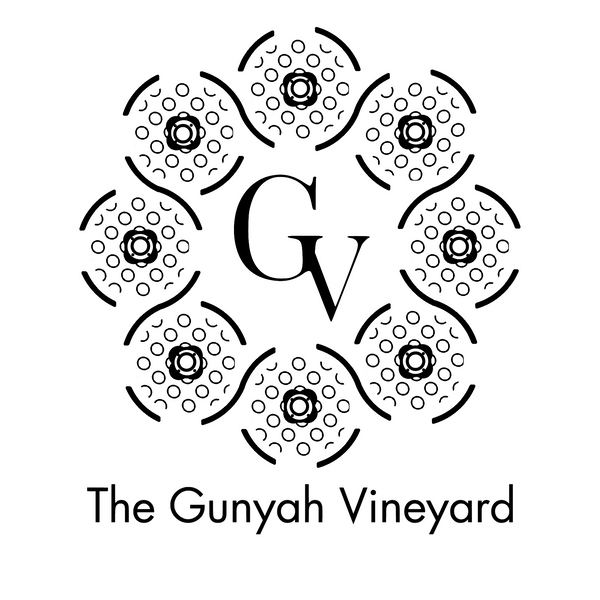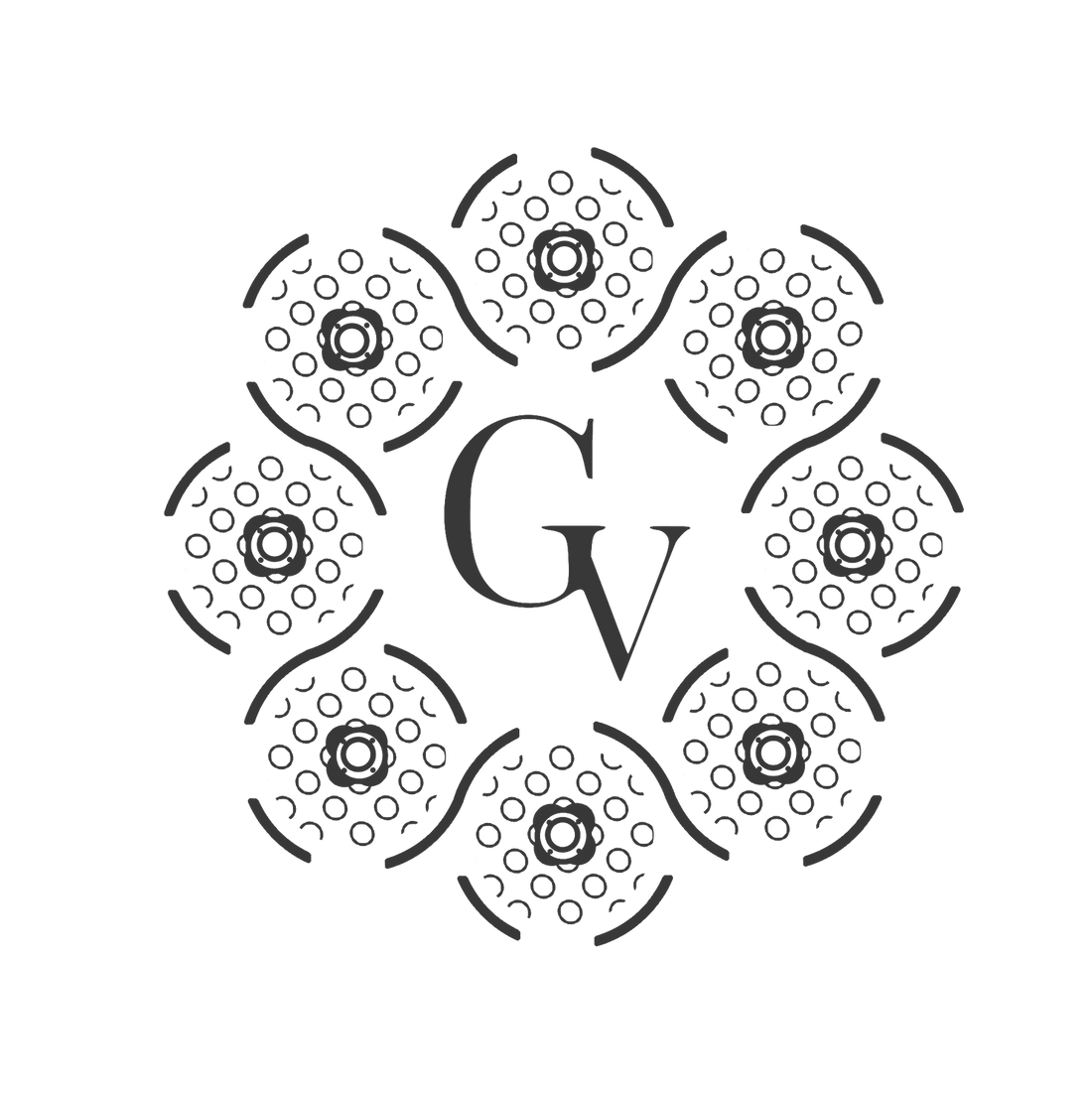Ever wondered why our logo looks like it does?
Well it’s all because of “Pargeting”
Pargeting has strong associations with East Anglia, specifically Essex and Suffolk. It is believed to have been brought to England in the 16th century by Henry VIII, who brought Italian plasterers to decorate Nonsuch Palace. While known as 'stucco' in Italy, it became known as 'pargeting' in England.
Originally, patterns were stamped or scratched into wet plaster, but skilled pargeters began creating their own designs by modeling them directly onto walls using their fingers and spatula to create high relief designs. Pargeting comes in various finishes and is not limited to lime plaster, although this is the most common material used. Repeat decorative patterns were often created using homemade wooden stamps. The best pargeting features hand-modeled bas-relief motifs such as coats of arms, fruits, animals, and green men.
Pargeting is commonly found on the exteriors of houses, especially in areas lacking good building stone. It is most prevalent on timber-framed properties, which are more susceptible to fire damage compared to brick or stone structures, although it was not necessarily a replacement. It can also be found indoors on overmantels and ceilings.
Although pargeting fell out of favor after Elizabeth I's reign, it experienced a resurgence during the Jacobite period, Victorian era, and Arts and Crafts period. In recent years, pargeting has once again gained popularity.
The Gunyah Rose is based on some Pargeting that we found on the buildings on-site.

